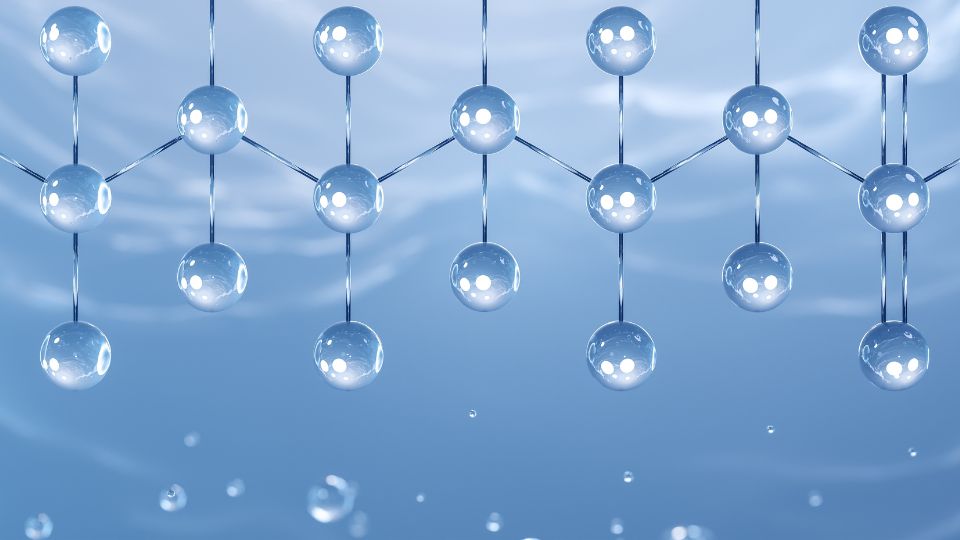Working towards eliminating PFAS in pet food packaging

For some time now, manufacturers have been looking for ways to sell their products in more sustainable packaging, including reducing the use of toxic chemical compounds. What’s the current state of play?
One of the ways to make packaging more sustainable is to remove potentially harmful substances. Per- and polyfluoroalkyl substances (PFAS) are a large group of synthetic chemicals that have been used in consumer products around the world since the 1950s. They are sometimes referred to as ‘forever chemicals’ because of their persistence in the environment.
New regulatory approaches
PFAS are used as coating or film inside food packaging to create a grease and oil-resistant barrier. But they are highly toxic to humans and animals when ingested. Global recognition of these compounds’ toxicity has led to many regulatory guidelines and legislative requirements for the use of PFAS in all food packaging, including pet food.
The US Food and Drug Administration (FDA) announced in February that substances containing PFAS are no longer being sold by manufacturers into the US market for food contact use. “This means the major source of dietary exposure to PFAS from packaging like fast- food wrappers, microwave popcorn bags, take-out paperboard containers and pet food bags is being eliminated,” says the federal agency.
In Europe, there is a proposal to restrict PFAS under EU chemicals regulation. The EU’s European Chemicals Agency is currently assessing the next steps to be taken.
The wider picture
Industry insiders consulted by PETS International agree that PFAS have largely been eliminated from pet food packaging materials that are directly in contact with the food. However, they do admit that the chemicals continue to be part of packaging in traces, as ink, stickers or sealants often contain these compounds.
In the US, the FDA authorizes limited use of PFAS in food packaging, but only has clear regulations for reducing the risk of any cross-contamination of PFAS with food and not for the complete packaging. Legal loopholes allow manufacturers to work with PFAS-free film or coating providers to upgrade their packaging to avoid direct food contact with the chemicals, while still having the option to not make the packaging completely PFAS-free.
A study commissioned in 2022 by the activist Environmental Working Group found that 11 bags of pet food from 7 brands in the US contained traces of PFAS, but in none of the food items had the toxic compounds migrated.
An FDA spokesperson told PETS International that current research demonstrates that the potential exposure to PFAS through the remaining limited authorized uses is “exceedingly” low. “Given that the migration potential of the substance to food is considered negligible, there are no immediate plans for the FDA to take action related to the remaining uses at this time.”
How is the pet food industry adapting?
Despite the existing loopholes, pet food manufacturers have slowly been adopting preventive measures to cushion themselves from the impact of future bans or regulations on packaging materials. They are voluntarily removing PFAS content from their pet food packaging. A number of companies are aiming to go completely PFAS-free, some are exploring alternatives with the same benefits, while others are innovating sustainable options within PFAS-free food contact materials.
The market innovations are undoubtedly being led by two-fold demand – for both PFAS-free materials as well as sustainable and low-carbon alternatives.
Creating alternatives
At PACK EXPO Las Vegas last September, Mitsubishi Gas Chemical debuted a PFAS-free oxygen absorber solution. The company says that the chemical compound, which is available as sachets, can remove 99.9% of oxygen from packages in 24 hours. This provides PFAS-like benefits – but without the toxicity.
It is suitable for pet treat packaging and allows manufacturers to minimize preservatives, reduce waste and improve the quality of their products.
PFAS-free barrier papers
Earlier in 2023, flexible packaging company ProAmpac unveiled its ProActive Recyclable, a product series which includes a multi-walled paper bag for dry pet food packaging. This is formulated specifically for grease resistance without PFAS additions.
In Europe, packaging and paper group Mondi has partnered with German retailer Fressnapf to sustainably upgrade their packaging. This is done by introducing a new recyclable mono-polyethylene film coating for protection against moisture, fat and odor.
“Most of our US pet food packaging structures are already PFAS-free, while the rest are currently in transition. The roll-out and implementation of PFAS- free structures in the EU is ongoing,” says Patrick Pundsack, Technical Account Manager for Consumer Flexibles at Mondi. The British-Austrian company is closely monitoring ongoing developments and intends to be proactive in introducing PFAS-free packaging for its pet food packaging portfolio.
Similarly, Finland-based UPM Specialty Papers, in partnership with the Italian company Fiorini Packaging, started offering the European market traditional packaging solutions without PFAS chemicals in late 2023. Both companies anticipate a regulatory change in the EU that will “steer the value chain to move toward PFAS-free solutions”. UPM believes there will be demand for recyclable, fiber-based products led by “both regulation-related and brand owner sustainability-related targets”.
Rewarding innovation
There are no set deadlines for when PFAS elimination will take place, and in what form. In the meantime, innovation will continue to be encouraged and rewarded. Helsinki-based flexible packaging player Ahlstrom was recently honored with an Innovation in Sustainability Award by The American Forest & Paper Association for its sustainable fiber-based flexible packaging PawPrint.
